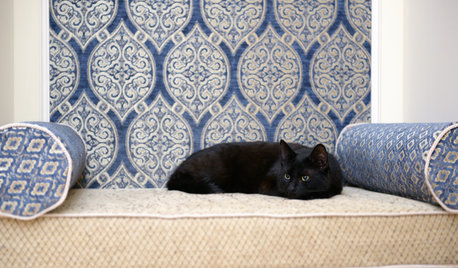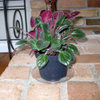Sinningia Gabriel's Horn
bumble_bee
19 years ago
Related Stories

PETS10 Tips for Keeping Indoor Cats Healthy and Happy
It's National Cat Day: Ask not what your cat can do for you (because it will ignore you) but what you can do for your cat
Full Story
SMALL HOMESHouzz TV: In Love With Echo Park Style
Whimsical artwork, vintage steals and online finds come together in this eclectic L.A. apartment
Full StoryMore Discussions







bumble_beeOriginal Author
perennial_girl
Related Professionals
Maple Valley Landscape Architects & Landscape Designers · Cincinnati Landscape Contractors · Eureka Landscape Contractors · Fairfield Landscape Contractors · La Mirada Landscape Contractors · Lebanon Landscape Contractors · National City Landscape Contractors · Pompano Beach Landscape Contractors · Rio Linda Landscape Contractors · Round Lake Landscape Contractors · Sugar Hill Landscape Contractors · Uxbridge Landscape Contractors · Kennewick Siding & Exteriors · Layton Siding & Exteriors · Lansing Siding & Exteriorsbumble_beeOriginal Author
perennial_girl
bumble_beeOriginal Author
ooojen
maggie99
Walter_Pickett
larry_b
jon_d
bumble_beeOriginal Author